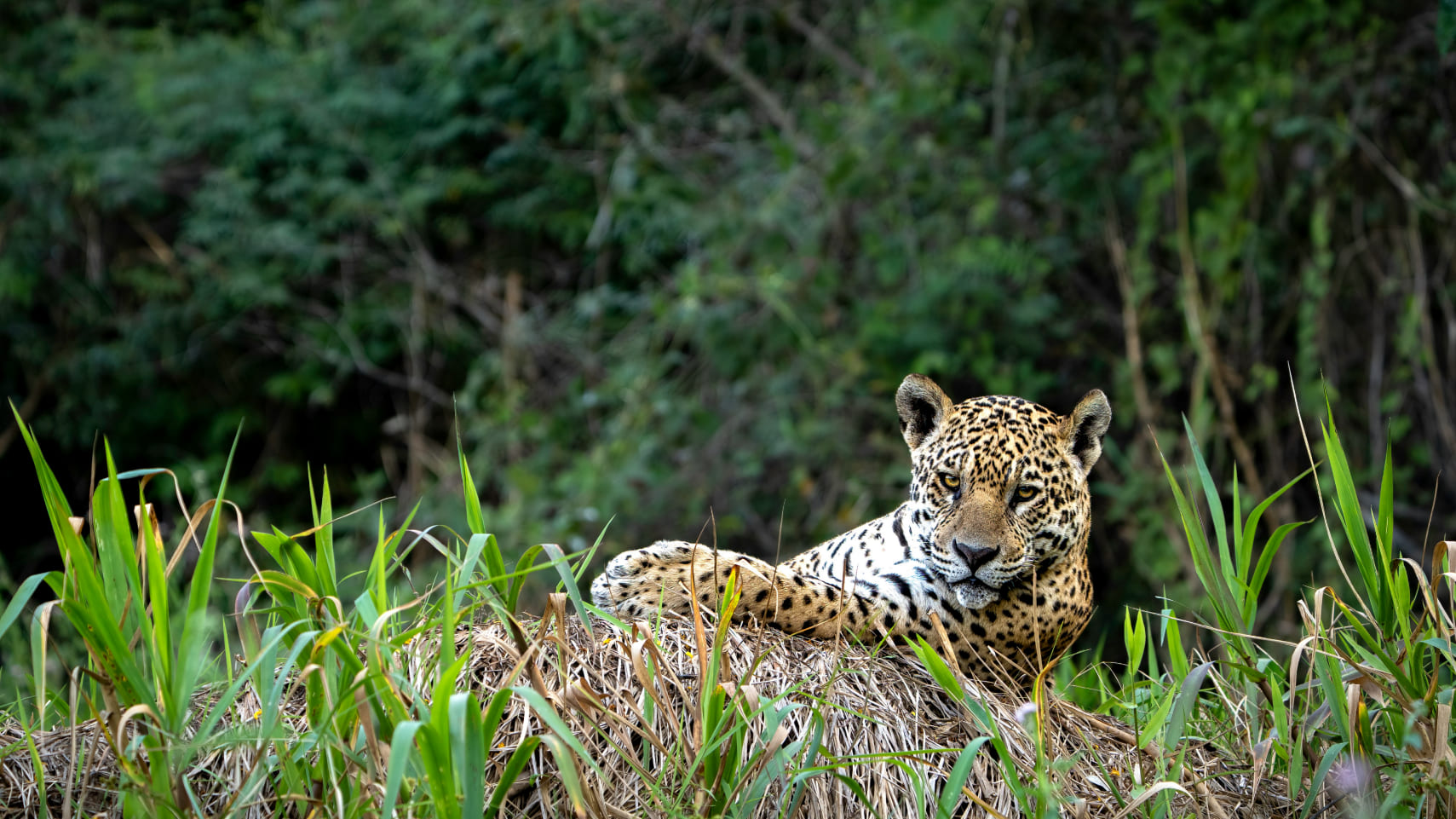-
Call Now: +913878958932
-
Email Now: [email protected]

The jaguar, one of the most enigmatic and powerful creatures of the wild, has roamed the forests and wetlands of the Americas for thousands of years. With its striking golden coat marked by rosettes and spots, the jaguar is a masterpiece of evolution, perfectly designed for stealth and strength. As the apex predator of its ecosystem, the jaguar plays a vital role in maintaining the balance of nature.
In ancient ecosystems, jaguars were solitary hunters, stalking their prey with unmatched precision. Their powerful jaws and sharp claws made them formidable predators capable of taking down animals much larger than themselves. Unlike other big cats, jaguars often dragged their prey into trees or through rivers, showcasing their remarkable strength and adaptability. These behaviors ensured that their hunting practices supported the health of their ecosystems, preventing overpopulation of herbivores.
Culturally, the jaguar holds deep significance, especially in the ancient civilizations of Central and South America. To the Maya and Aztec people, the jaguar was a symbol of power, courage, and the link between the spiritual and physical worlds. Often associated with gods and warriors, the jaguar embodied the mystery and raw energy of the wild.
Despite its ancient strength, the jaguar today faces significant threats from habitat destruction, poaching, and human encroachment. As rainforests shrink, so does the jaguar’s territory. Conservation efforts focus on protecting their habitats and creating wildlife corridors to ensure their survival. Preserving the jaguar is not just about saving a species—it’s about safeguarding the ancient spirit of the rainforest.